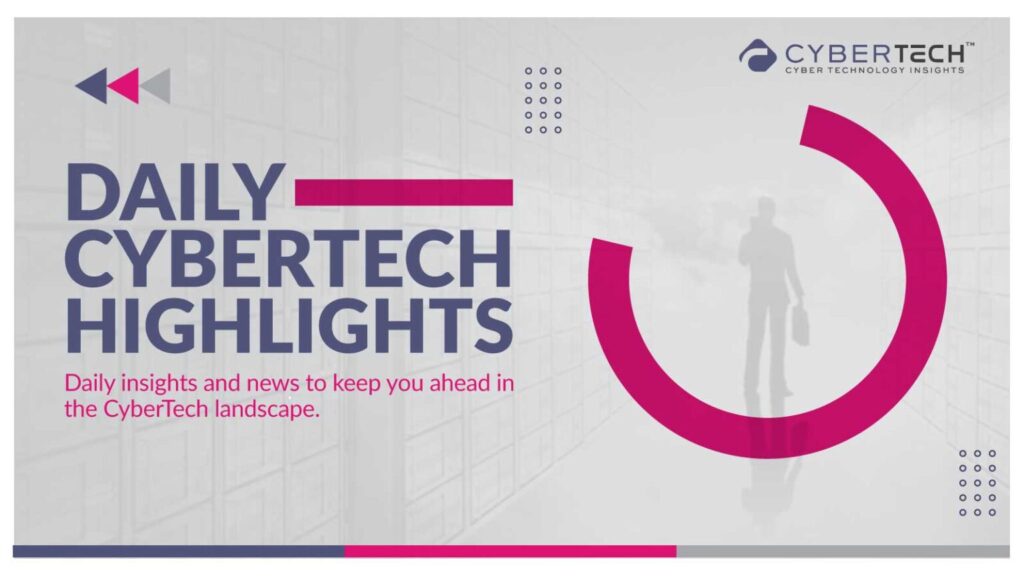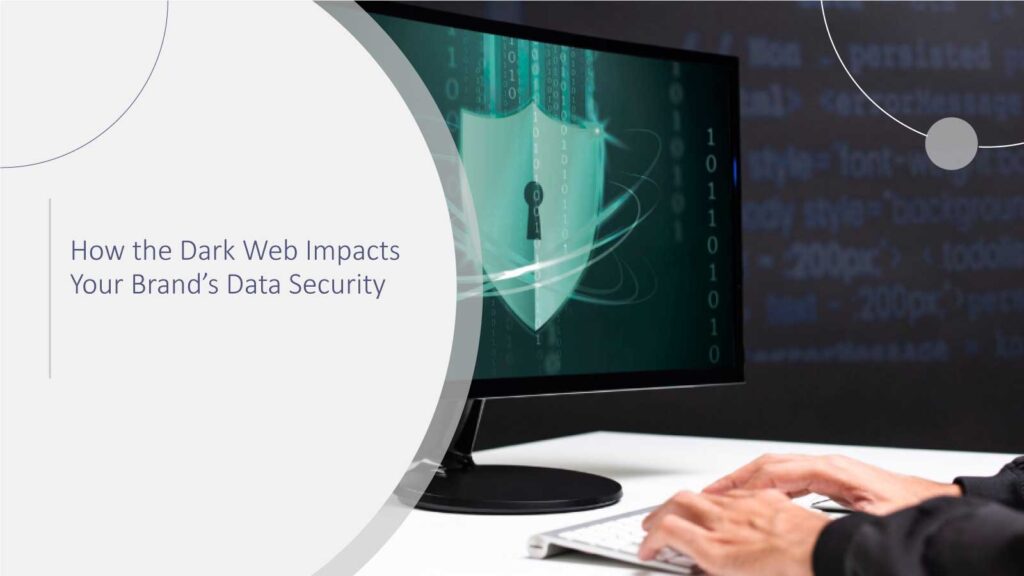U.S. cybersecurity regulations are changing quickly as new executive orders and state-level laws pile pressure on top of attack threats. The White House’s new policy is designed to reduce regulatory burdens U.S. companies face around reporting and compliance by emphasizing greater state and local oversight. The move may seem like a win, but benefits could be short-lived. Domestic companies will probably spend less time and money meeting federal cybersecurity mandates, but a lack of uniform national rules means less standardization. When combined with protections that vary widely across states and industries, gaps are bound to open.
A drawdown on SEC reporting rules and CISA’s resources will result in fewer guardrails to catch vulnerabilities early, so companies must take more personal responsibility for network security. Lighter federal enforcements offer flexibility, but companies that don’t invest in their own security could end up with fragmented approaches that increase their exposure to cyber risks. Now more than ever, attack prevention requires company-wide accountability from the top down, beginning with executive leaders. Waiting for a crisis to mandate the entire organization’s involvement is an inadequate, reactive move that is avoidable with the implementation of a proactive plan.
Recommended CyberTech Insights: Fast Data Recovery and Business Recovery to Take Centerstage During Cybersecurity Awareness Month
Create an Open Dialogue About the State of Network Security
Cybersecurity is not an IT-only concern. The dialogue between technical teams and the C-suite, a one-way street for far too long, has resulted in a fundamental misunderstanding of shared risk. Digital infrastructure is the central framework supporting everything a company does, and its protection should be a mission-critical priority. Devoting resources to enhance network security is a necessity, but efforts must entail more than the application of innovative tools or vulnerability patches. Strong strategies start with an open organizational dialogue, which positions cybersecurity as a mutual responsibility and makes every company employee a partner in defense.
PwC’s 24th Annual Global CEO Survey revealed that companies demonstrating the strongest cybersecurity gains over the past two years were 14 times more likely to have CEOs who actively support security across all categories. IT professionals looking to win leadership support must first clear the hurdle of translating complex technical realities into terms the C-suite understands, such as risk, value and ROI. Executives don’t need to know the specifics of a DDoS attack or the intricacies of a zero-trust architecture. They need to understand how a lack of proper security controls could impact brand reputation, lead to regulatory fines, disrupt business continuity or leak customer data.
Productive conversations about cyber risk management should help executives see themselves as the ultimate owners of organizational risk, rather than the ones who simply hold the purse strings. IT teams can present a clear, data-driven picture of the network’s state — including identifying vulnerabilities, measuring incident response times, and quantifying potential impacts — to help C-suite leaders make informed strategy decisions. When security conversations are framed around business outcomes, the necessary expenditures start to look less like luxury add-ons and more like critical investments in the company’s future. This is the difference between asking for a new firewall and proposing a solution to reduce the likelihood of a business-stopping breach and ensure resilient operations.
Recommended CyberTech Insights: Why Managed Intelligence Providers Are the New Strategic Partner
A Unified Approach Integrated with Automation Can Translate Impactful Efforts to the C-Suite
Unified security operations platforms centralize an organization’s security data and leverage automation to convert the information into actionable, executive-level insights. Automating repetitive, low-value tasks, such as triaging alerts and blocking known threats, frees up security teams to focus on higher-level initiatives like proactive threat detection and security architecture enhancements. For the C-suite, the biggest advantage is clarity — automation translates technical activity into clear, measurable metrics that demonstrate risk reduction and ROI.
Automation delivers additional overall business benefits such as faster detection and response, which IT leaders can point to as proof of the technology’s ability to cut threat-resolution times from days or weeks to minutes. This directly translates to decreased downtime and lower potential breach costs, which can add up fast in the event of an attack. In fact, research conducted by IBM shows that extensive use of security automation can slash the average cost of a data breach by millions of dollars. Those savings will come in handy as federal regulations roll back and companies shoulder greater responsibility for protecting themselves.
Even with loosened guidelines, compliance is still an important expectation from customers, investors and state oversight entities. Automation is a trusted ally in compliance and governance, consistently enforcing policies across organizational infrastructure and creating verifiable audit trails. Beyond reducing risk, it diminishes the need for manual labor in security operations, strengthening the link between investment and lower operational expenditures.
With less federal involvement, companies can’t assume someone else will catch vulnerabilities before they become full-blown problems. This increased responsibility for network security may seem daunting at first, but it presents opportunities as it becomes commonplace. Resilient companies are investing now — building stronger lines of communication between IT and C-suite teams, automating to cut down on manual work, and treating security as a core business function rather than a compliance checkbox. The threats aren’t going away, but businesses that take ownership now will be better protected and better trusted in the long run.
Recommended CyberTech Insights: How GDPR Is Reshaping Cyber Risk in the AI and Cloud Era?
To participate in our interviews, please write to our CyberTech Media Room at sudipto@intentamplify.com





